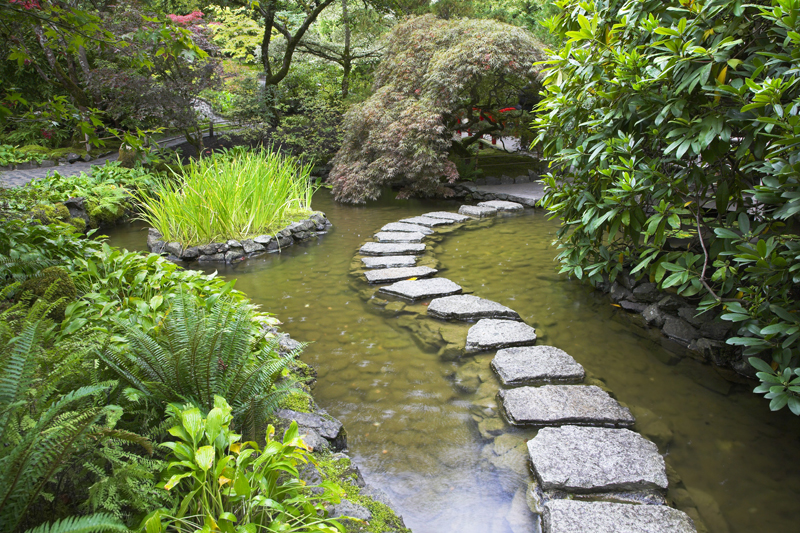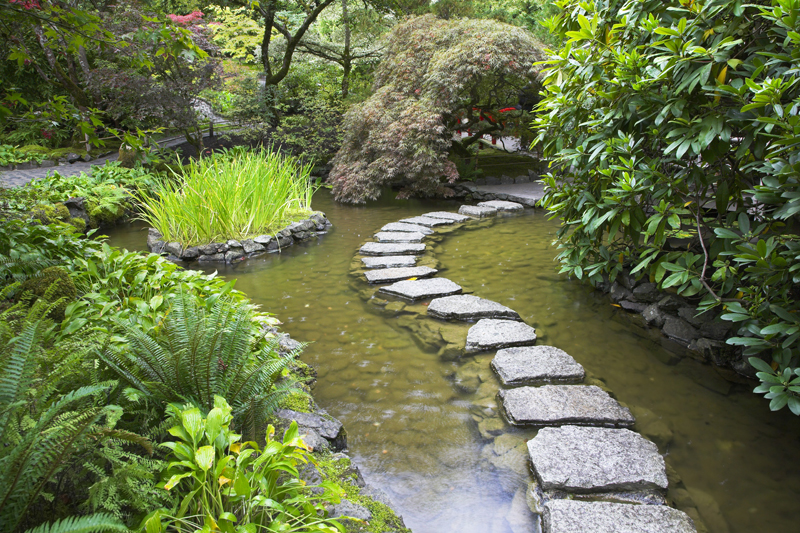Flying Dragon Trifoiate Orange and Kaffir Lime

Flying Dragon trifoliate orange and Kaffir lime are great plants for containers.
Flying Dragon Trifoliate Orange
This is a very special ornamental variety of the trifoliate orange. It is also called Hiryu trifoliate orange. Flying Dragon is a dwarf, exotic looking plant with contorted or twisted branches.
The naturally dwarf plant also has claw-like, curved thorns. When grown on Hiryu rootstock, this plant is typically five to seven feet in height when it is ten years of age.
Flying Dragon trifoliate orange can be trained as a bonsai. In landscapes, both this variety and the species are used as hedges and barriers due to the fierce looking thorns.
This plant is one of the hardiest trifoliate orange varieties. It can be grown as far north as Washington, D.C. The fruits are very seedy and acid tasting.
This plant is not a true citrus. However, it is considered a citrus relative. As a shrub in the landscape, this can reach eight feet or more in height with a spread of fifteen feet or more.
The fruits are too tart to eat raw. However, they are made into jellies and jams.
The species is native to China. It is considered invasive in some parts of the Southeast. For that reason, the extension service recommends growing it in pots so that the plant can’t reseed and spread.
Kaffir Lime
Free of pest and disease problems, this makes a good house plant. It can withstand freezing temperatures to 32 degrees F. Native to Asia, this can be a small tree or a multi-stemmed shrub.
The densely leaved thorny plant can be six feet to twenty feet tall under good growing conditions. It has a width of five feet or more.
This can bloom pretty much all year long. The small, white and pink blossoms are fragrant.
The small evergreen leaves smell like citronella. The bumpy fruits, two inches across, ripen to yellow. These are too acid to eat raw, but the rind is used as a seasoning.
The leaves and the rind of the fruit are used in Asian cooking. The foliage has a rather unique shape. It looks as if two of the leaves are placed end to end.
Kaffir leaves are glossy and deep green. Generally, both the fresh leaves as well a the dried leaves are used in recipes. These have a stronger scent than the rind of the fruit.
Kaffir leaves are used in chile pastes for its citrus-like taste. These are commonly added to curries and soups.
The small, lemon-like fruits are pear shaped. They ripen to a vivid greenish-yellow. These are used as a flavoring for curry paste, and fish.
The fruits have a wrinkled skin. These are usually dried for use in recipes. These are added to curry pastes and are candied.
Flying Dragon Trifoliate Orange
This is a very special ornamental variety of the trifoliate orange. It is also called Hiryu trifoliate orange. Flying Dragon is a dwarf, exotic looking plant with contorted or twisted branches.
The naturally dwarf plant also has claw-like, curved thorns. When grown on Hiryu rootstock, this plant is typically five to seven feet in height when it is ten years of age.
Flying Dragon trifoliate orange can be trained as a bonsai. In landscapes, both this variety and the species are used as hedges and barriers due to the fierce looking thorns.
This plant is one of the hardiest trifoliate orange varieties. It can be grown as far north as Washington, D.C. The fruits are very seedy and acid tasting.
This plant is not a true citrus. However, it is considered a citrus relative. As a shrub in the landscape, this can reach eight feet or more in height with a spread of fifteen feet or more.
The fruits are too tart to eat raw. However, they are made into jellies and jams.
The species is native to China. It is considered invasive in some parts of the Southeast. For that reason, the extension service recommends growing it in pots so that the plant can’t reseed and spread.
Kaffir Lime
Free of pest and disease problems, this makes a good house plant. It can withstand freezing temperatures to 32 degrees F. Native to Asia, this can be a small tree or a multi-stemmed shrub.
The densely leaved thorny plant can be six feet to twenty feet tall under good growing conditions. It has a width of five feet or more.
This can bloom pretty much all year long. The small, white and pink blossoms are fragrant.
The small evergreen leaves smell like citronella. The bumpy fruits, two inches across, ripen to yellow. These are too acid to eat raw, but the rind is used as a seasoning.
The leaves and the rind of the fruit are used in Asian cooking. The foliage has a rather unique shape. It looks as if two of the leaves are placed end to end.
Kaffir leaves are glossy and deep green. Generally, both the fresh leaves as well a the dried leaves are used in recipes. These have a stronger scent than the rind of the fruit.
Kaffir leaves are used in chile pastes for its citrus-like taste. These are commonly added to curries and soups.
The small, lemon-like fruits are pear shaped. They ripen to a vivid greenish-yellow. These are used as a flavoring for curry paste, and fish.
The fruits have a wrinkled skin. These are usually dried for use in recipes. These are added to curry pastes and are candied.

Related Articles
Editor's Picks Articles
Top Ten Articles
Previous Features
Site Map
Content copyright © 2023 by Connie Krochmal. All rights reserved.
This content was written by Connie Krochmal. If you wish to use this content in any manner, you need written permission. Contact Connie Krochmal for details.



